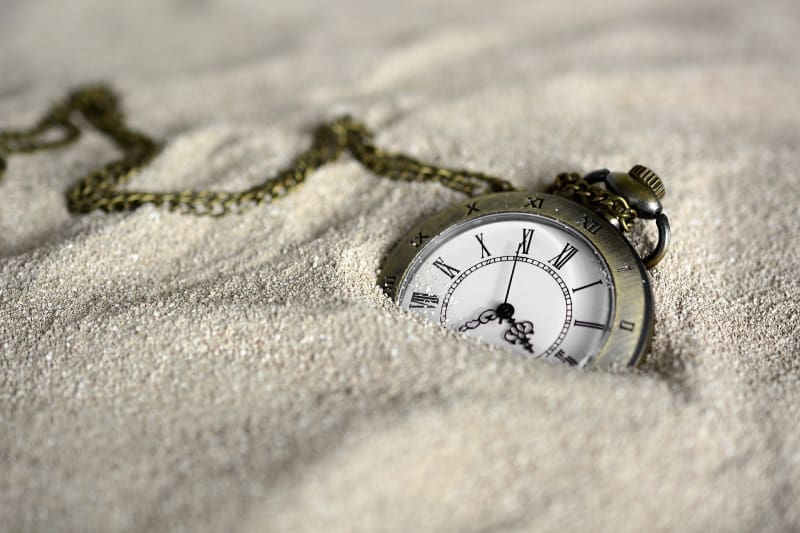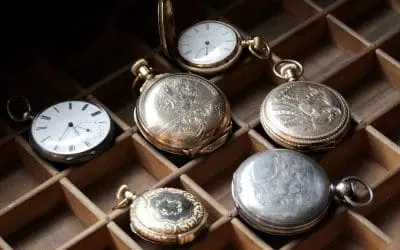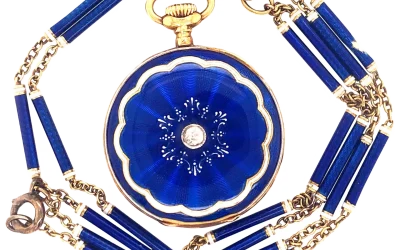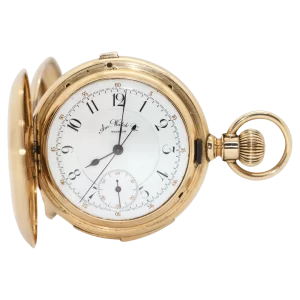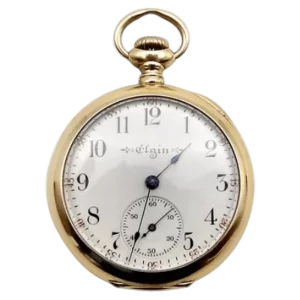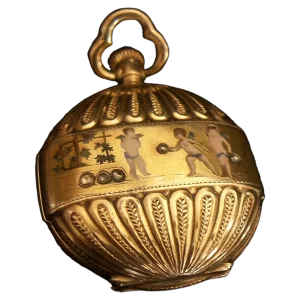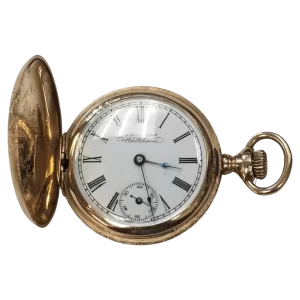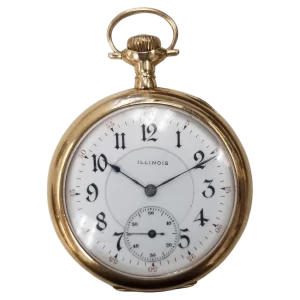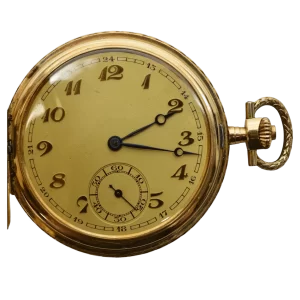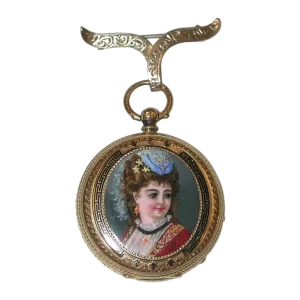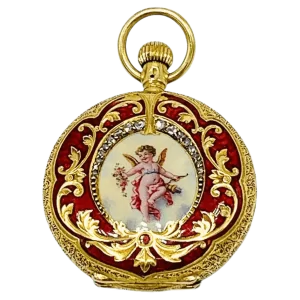Throughout history, the methods and importance of timekeeping have evolved dramatically, reflecting the changing needs and technological advancements of human societies. In the earliest agrarian cultures, the division of time was as simple as day and night, dictated by the presence of sunlight. This rudimentary approach sufficed until the invention of the sundial around 1500 B.C., which allowed ancient civilizations like the Greeks and Romans to divide the day into more manageable intervals called hours. However, the sundial’s reliance on sunlight led to its limitations, prompting the development of more sophisticated devices such as the water clock around 1000 B.C. While water clocks offered improved accuracy, they too had their flaws, including issues with water pressure and clogging. The introduction of the hourglass in the 8th century A.D. provided a more reliable alternative, though it was still not ideal for long-term timekeeping. It wasn’t until the 1300s that European monks, driven by the need for precise prayer schedules, invented the first mechanical clocks. These early clocks, powered by weights and regulated by escapements, were groundbreaking but still lacked the precision and portability needed for widespread use. The discovery of the pendulum principle by Galileo Galilei in 1583 marked a significant leap in accuracy, enabling clocks to measure time within seconds per day. However, the challenge of portability remained unsolved until the advent of the spring mechanism, which eventually led to the creation of pocket watches. This innovation marked the beginning of truly portable timekeeping, revolutionizing how people interacted with and understood time.
For much of human history, precise timekeeping simply wasn’t that big of a deal. Aside from the fact that there wasn’t any way to keep accurate time thousands of years ago, there simply wasn’t the need to do so. Early cultures that were based on agriculture worked as long as the sun shone and stopped when it got dark. It was only as Mankind began to move away from a purely agrarian society that people began to look for a way to mark the passage of time more precisely than simply dividing each day into “day” and “night.”
The earliest known device to break the day down into smaller chunks of time was the sundial, which was invented at least by 1500 B.C. Having noticed that the shadow which an object casts changes in length and direction as the day progresses, some bright person whose name shall be forever lost to history realized that you could place a stick upright in the ground and, by marking where the shadow fell, divide the daylight into discrete intervals. These intervals eventually came to be called “hours,” with each hour being 1/12th of the time the sun shone each day. The sundial was a wonderful idea that allowed for the orderly progression of the ancient Greek and Roman civilizations. One great thing about the sundial was that it was very portable. It did have some very basic flaws, however. First and foremost, it only worked when the sun was actually shining. This wasn’t a problem at night, since nobody worked in the dark anyway. But it was a major problem on cloudy days. Even when the sun was brightly shining, however, the length of the day varies throughout the course of the year, which meant that the length of an “hour” also varied by as much as 30 minutes from the Summer solstice to the Winter solstice.
Because of the limitations of the sundial, people looked for other ways to measure the passage of time without being dependant on the sun. One of the early attempts that became very popular was the water clock [also called the clepsydra], invented sometime around 1000 B.C. The water clock was based on the idea that water leaks out of a small hole at an apparently steady rate, and it is possible to mark the passage of time by noting how much water has leaked out through a hole in the bottom of a specially marked vessel. Water clocks were much more accurate than sundials, since the rate of flow was unaffected by the time of day or year, and it didn’t matter whether the sun was shining or not. They were not without their own serious flaws, though.
Although water may appear to drip at a steady, fixed rate, in fact the more water is in the vessel the faster it leaks out due to the pressure exerted by the weight of the water. The ancient Egyptians solved this problem by using vessels with slanted sides to equalize the water pressure as the amount of water decreased. Other problems, however, included the fact that the hole through which the water dripped tended to get larger over time, thereby permitting more water to pass through quicker, and the fact that the escape hole also had a nasty tendency to get clogged. And heaven forbid it should get cold enough for the water to actually freeze! Water clocks, by their very nature, were also not particularly portable.
Well, it didn’t take people long to realize that water isn’t the only thing that flows at a steady pace, and next up came the hourglass, invented sometime around the 8 th century A.D. The main reason it wasn’t invented earlier was probably simply because nobody was able to blow glass well enough before then. The hourglass uses sand flowing from one glass vessel into another through a tiny opening which connects the two, and the passage of the sand is not particularly affected by the things which caused problems with the water clock and the sundial before it. However, large hourglasses were impractical, and keeping time for any extended period usually meant turning the glass over and over again over the course of a day. Basically, it made a great timer, but a lousy timekeeper.
And that’s pretty much how things stood until the 1300’s, when a bunch of monks in Europe decided they really needed a better way to tell when it was time to pray. For, you see, a monk’s life revolved around a set schedule of prayers – one at first light, one at sunrise, one at mid-morning, one at noon, one at midafternoon, one at sunset and one at nightfall. Knowing the correct time therefore became more than just a nicety – it was a religious imperative! And, as a result, these monks devised the first known mechanical clocks. The word “clock,” by the way, comes from the Dutch word for “bell,” since these early mechanical clocks had no hands and were designed to simply strike the hour.
In addition to the bell striking mechanism, these early clocks had two important requirements. The first was a source of power, and this was provided by a weight attached to a rope or chain. The weight was carried or pulled to the top of the clock, and gravity would do the rest. The second was some way to force the weight to fall in a slow, measured pace instead of plummeting like, well, a lead weight. And this was provided by a wonderful and
ingenious invention called the escapement. In simplest terms, an escapement is a device that interrupts the path of the falling weight at regular intervals, causing it to fall a little bit at a time instead of all at once. This is literally what makes clocks “tick,” since as the escapement moves back and forth, alternately engaging and releasing the gears that are attached to the weight, it makes a very distinctive sound.
These earliest clocks, while technological marvels, were not particularly accurate. Also, while they allowed the hour to be subdivided into more minute portions [hence our word “minute” for the first small division of the hour], they could not break the hour down into a further, or “second” small division [and yes, that’s where that word comes from as well]. That had to wait until a rather brilliant young man named Galileo Galilei discovered the principal of the pendulum in about 1583. Stated broadly, he noticed that regardless of how wide a particular pendulum swung, it always took the same amount of time to swing back and forth. He discovered, in fact, that the amount of time it took the pendulum to return was determined by the length of the pendulum itself and not by the width of the swing. And, by attaching a precisely measured pendulum to a clock’s escapement, clockmakers were able to produce timepieces that were accurate to within seconds per day instead of minutes. It didn’t matter how much force was applied to the pendulum, since the force only affected the width of the swing and not the length of the pendulum itself.
So now we had timepieces that worked well no matter the time of day or season, and which were very accurate over long periods of time. Unfortunately, they still weren’t particularly portable, due to the fact that the weight wouldn’t fall regularly and the pendulum couldn’t work correctly if they were subjected to outside motion. And this is where the pocket watch enters the picture.
The key invention that allowed clocks to become portable [and what is a watch but a portable clock?] was the spring. In fact, the use of springs is probably the second most important horological development after the invention of the escapement. The first step in making a clock portable was to replace the heavy weights used to power it with something that would exert a steady force regardless of the position in which the clock was held. And it was discovered that a tightly coiled, high-tension strip of metal exerts a more or less steady force as it uncoils, which made it just the thing for the job. Of course, it didn’t take long for clockmakers to notice that the spring exerted less and less force as it unwound, but they came up with a number of rather ingenious
ways to deal with the problem, including such devices as the “stackfreed” and the “fusee.”
The second step in making a clock truly portable was coming up with a replacement for the pendulum which kept the clock ticking at precisely timed intervals. Early “portable clocks” used a device called a “foliot,” which consisted of two very small weights suspended from either end of a rotating balance bar, but these were neither particularly accurate nor truly portable. Once again, however, it was the newly discovered concept of the spring that came to the rescue. It was determined that a very fine coil of wire [called a “hairspring” since it was so thin] could be attached directly to the balance wheel, and that when force from the main spring was transmitted to the escapement, the attached hairspring would coil and uncoil at a very regular pace, thereby causing the escapement to engage and release in the required precisely timed intervals. And, for the most part, this is true no matter how the clock is held, providing true portability.
The distinction between these first early portable clocks and the first true pocket watches is a blurry one. Although a spring-driven clock may have been developed as early as the 1400’s, a spring regulated clock did not appear until the mid 1600’s, and it wasn’t long after that before they became small enough to carry on one’s waist or in one’s pocket. And soon, anybody who could afford one was seen carrying that newfangled invention that was all the rage – the pocket watch.

